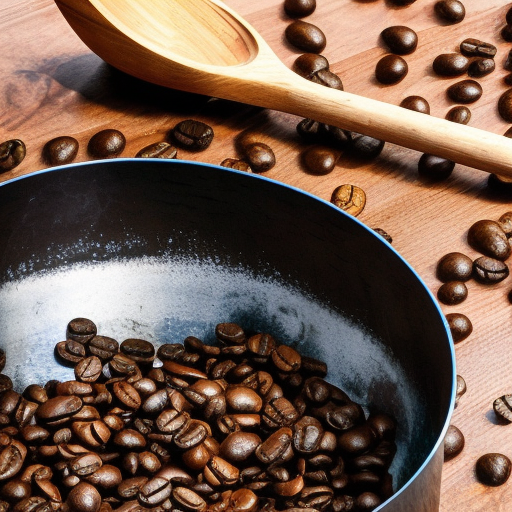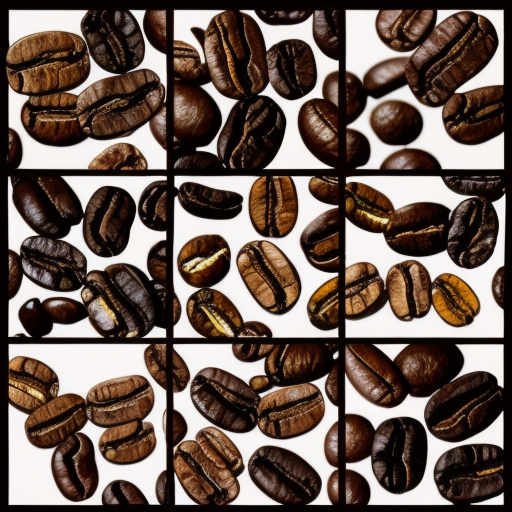Coffee is one of the most popular drinks in the world, and over the last decade or so, specialty coffee has been on the rise. With small roasters popping up all over the country, it’s no wonder that specialty coffee is becoming increasingly popular. Let’s take a look at what makes specialty coffee different from regular coffee and how small roasters are changing the game.
What is Specialty Coffee?
Specialty coffee is a high-quality product that goes beyond just brewing beans with hot water. In order to be considered specialty, a coffee must meet certain criteria. These criteria include things like flavor profile, bean quality, and origin of beans. A professional cupper—someone who evaluates the taste and aroma of coffee—must determine that its overall score meets the requirements set by the Specialty Coffee Association of America (SCAA). While some large companies rely on cheaper beans from mass producers in order to maximize their profits, smaller businesses often source more specialty Arabica beans from countries like Ethiopia and Colombia — which offer a range of complex flavors not found in mass-produced coffees. This allows them to create truly unique blends that stand out from what’s available from larger companies.
The Role of Small Roasters
Small roasters play an integral role in providing quality specialty coffee to consumers. By utilizing their unique skills and knowledge, small roasters are able to source high-quality beans from carefully selected farms around the world and roast them to perfection. This process requires careful attention to detail in order to ensure that each batch is consistent and flavorful. By doing this, these small roasters are able to bring consumers something that they can’t get from mass-produced coffees.
These small roasting companies often provide more than just great-tasting coffee; they also offer educational resources for customers so they can In many ways, small and independent coffee roasters are changing the game when it comes to producing high-quality coffee. Unlike larger, corporate roasting companies, small businesses are able to create custom blends that cater to their customers’ individual tastes. They can also experiment with different flavor profiles, giving them an edge in creating unique offerings that appeal to all kinds of coffee drinkers. And because small businesses don’t have large overhead costs like big-name brands do, they can offer more competitive prices for their products — something that’s always appealing to customers on a budget.
Specialty coffees have become increasingly popular over the last few years thanks largely in part to small roasting companies around the world who strive for excellence when sourcing beans and perfecting their roasts. These passionate individuals are dedicated to providing customers with unique flavors and experiences that you won’t find anywhere else, as well as educational resources so customers can learn more about different types of coffees and brewing techniques. If you’ve never tried specialty coffee before, now is definitely a great time. So go ahead and explore your local options – you may just find your new favorite cup.
As I sourced the info for this article, I found a couple options to start roasting my own beans at home. Not for selling, but it could be fun to tune my own preferred taste. Please note that if you purchase from clicking on the link, I will get a tiny bit of that sale to help keep this site going.



